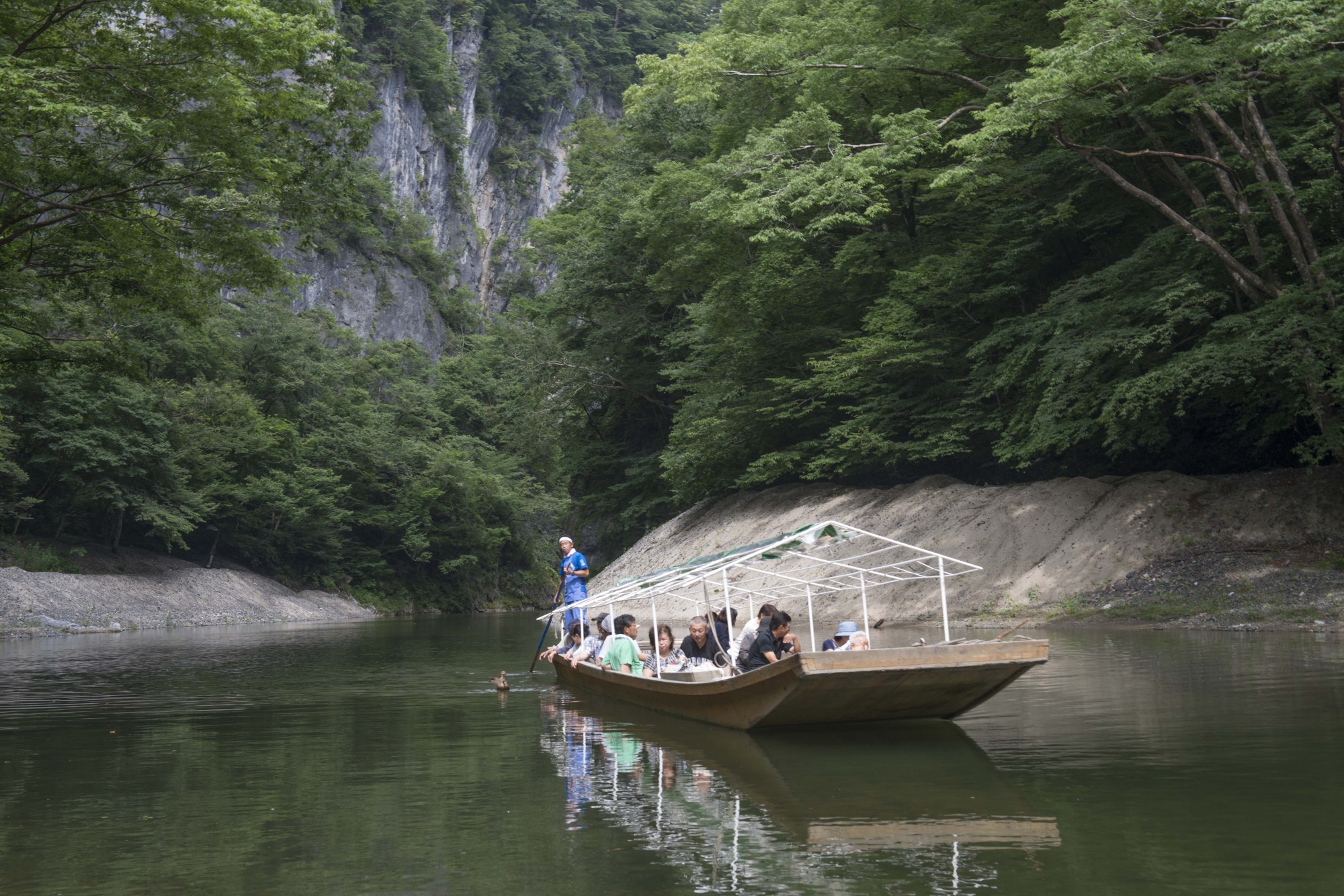Japan may be notorious for the commercialization of history, legend and even tragedy, but with the exception of a few trinket stalls and one or two Photo-Me panels, the co-opting of the past for gain is kept at a safe distance from Hiraizumi's main sights, many of which have a sacred character.
This includes the Heian Period (794-1185) garden of Motsu-ji, the first stop on my cultural itinerary of this otherwise modest township in Iwate Prefecture. The garden is just five minute's walk from the little station that serves a town that has worked hard to secure the listing of its major historical assets as World Heritage sites. Despite its UNESCO designation, the town never seems to attract the throngs of visitors that other heritage sites draw. Perhaps the slow approach to the town on a local branch line, and its lack of hotel-style accommodation filter off the crowds. Whatever the reason, it's a blessing.
Stepping into the grounds of Motsu-ji, the first impression is less of a Japanese garden than of open parkland. Closer examination reveals details that were incorporated into the garden with the express purpose of delighting a privileged class of nobles and court attendants. The only intact Heian Period landscape remaining in Japan, this jōdo, or paradise garden, commissioned by a clan leader of the powerful Fujiwara family, occupies the same grounds as Motsu-ji temple. The pond, known as Oizumigaike, is said to represent the Buddhist "pure land." Guests would float on the surface of the pond in wooden barges, admiring differing perspectives on the garden, including two islands, one of which is shaped in the form of a magatama, a precious, comma-shaped stone found in ancient Japanese tombs.

















With your current subscription plan you can comment on stories. However, before writing your first comment, please create a display name in the Profile section of your subscriber account page.